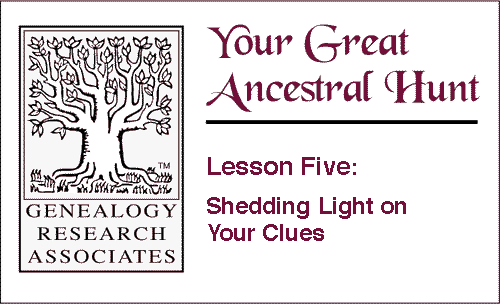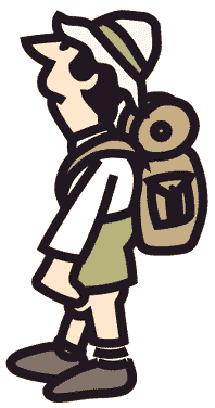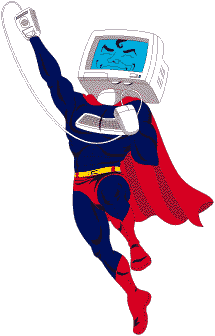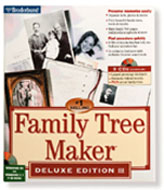

The Hunt
Once you have started your own Ancestral Hunt, you will soon find yourself accumulating many family materials. As you document stories and traditions, gather photographs and letters, and excitedly trace down every piece of paper with a possible clue on it, you may find that all of those bits and pieces are slowing you down, especially as you begin to enter unknown territory.
Imagine a hunter going into an uncharted forest. How will he find his way back? How will he keep track of where he has been? How will he stop himself from walking in circles and repeating the same steps? What can he use to keep from getting lost?

Keeping Track of Searches
Ancestral hunters also go into unknown territory. They need to be reminded of their own research steps which brought them to a certain place (or conclusion). They need to keep track of where they have been by writing down their searches on research logs. Finally they can prevent becoming lost or duplicating the same searches they have previously done by maintaining research planners. "Logs" record what was previously done. "Planners" record not only previous research, but list what we plan to research.
While you may want to skip over keeping records, because it isn't nearly as much fun as hunting, it is the very core of a good genealogist's success. While other hunters are finding unrelated insects, squirrels, and rabbits, the prepared and careful hunter is finding the exact game he is hunting. Don't be fooled. Anything worth doing, is worth doing right the first time.

A Powerful Assistant
Now is the time when a powerful genealogy program really comes to your assistance. Placing the clues from the gathered materials into a computer program will not only keep them straight in your own mind, but will also speed up the research process. This acceleration in research, however, will only work if consideration is given to good record-keeping methods from the very beginning.
Lesson one covered the many features of a good genealogy computer program. This lesson will lay out for you several tried-and-true steps for greater success in your research using your own computer program.
Good record-keeping methods include proper documentation. Documentation is actually a three-pronged approach which includes:
- a citation of what the material was, and where it can be located, so that anyone following in your footsteps can find the document again, (think of it as broken tree limbs, bread crumbs along the path, or actual animal tracks).
- a photocopy, transcript, abstract, or extract of the materials (rather like sighting the animal from a distance).
- the researcher's evaluation of the materials.

If you have found a documented connection on one of the World Family Tree CD-ROMs, you already have experienced the happiness that documentation provides. With today's new technology, adding documentation to your own family files can be quite painless, and can bring some of that happiness to others.
Documentation varies according to:
- which computer program you are using,
- which media you intend to use to retain your materials (will the information be printed on paper or kept in an electronic database?), and
- whether you intend to write an article, a book, or produce a CD-ROM.
Often, what we start out doing (having fun entering our family in the computer) is not what we end up doing (preparing a copy of everything we have for a family reunion). Therefore, information prepared for one purpose is often used in another medium or publication format.
|
|
|